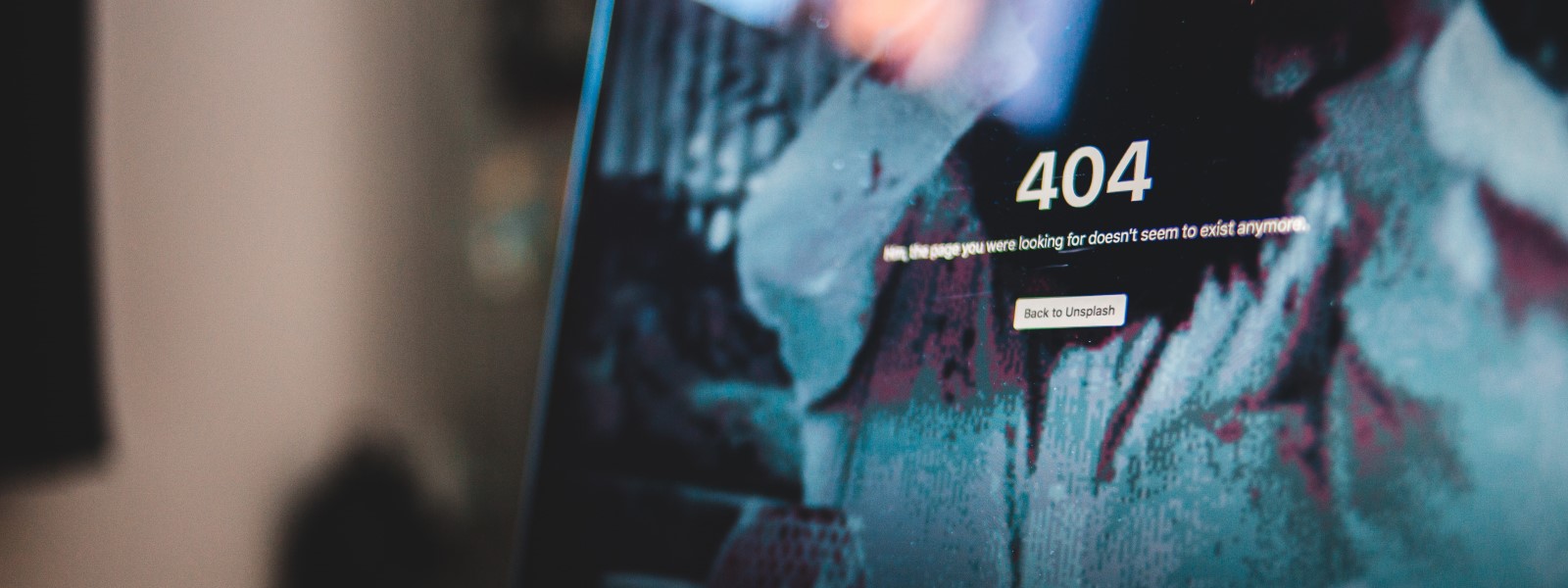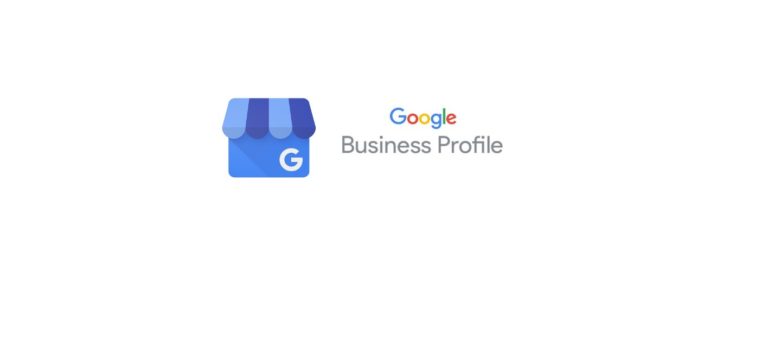What is a 404 Error – and How to Fix It
You know when you try to visit a web page and it’s just not there? You’ll probably see something like a “Page Not Found” message. In official terms, this is a 404 Error. But what is a 404 error – and if you have one on your website, how do you fix it?
What is a 404 Error?
A 404 Error occurs when a user has reached a page on your website that doesn’t exist (or perhaps used to exist, but isn’t there any more).
It’s called a 404 because of the HTTP status code “404 Not Found”, which indicates that the requested resource could not be found on the server.
What Causes 404 Errors?
The two main reasons for a 404 error are broken links and user error.
The most common cause is a broken link. These may be links from an external website, or links from within the site itself, such as a broken image or video. The link could be wrong because it has been entered incorrectly, deleted, or is out of date because the page has been moved.
User error can also cause a 404 error to occur. If someone is trying to type in the URL for a page on your website and they mistype, they’re going to get Page Not Found.
Are 404 Errors Harmful?
404 errors don’t cause any direct technical or SEO issues – but they really impact on the user experience of your website, and that’s where you may run into problems.
If someone clicks a link to your site and is immediately met with a 404 error page, they’ll more than likely just hit the back button and go elsewhere. And if that happens a lot of times, your bounce rate is going to increase. So over time you’re going to see a drop in traffic and a negative SEO impact.
There are two things you should do to prevent this:
- Check for 404 errors regularly and fix them as soon as possible
- Create a custom 404 page that can help people get where they really want to go
How to Check for 404 Errors
You can use Google Search Console to help you identify 404 errors and what’s causing them. The error will probably be caused by one of these issues:
- A broken link on another website
- The page has been moved to a different location on the website
- The link to the page has been removed from the site’s navigation
- The URL is incorrect or typed in wrong
You can even set up a Custom 404 Error report in Google Analytics to see if there are certain pages which are returning a 404 over and over again
How to Fix a 404 Error
Once you’ve identified what caused the 404 error, you can then fix it.
- If there’s a broken link on another website, reach out to them to correct it.
- If the page has been moved, you’ll need to put a 301 redirect in place to send traffic to the correct place.
- If your navigation is to blame, check all the links and update as necessary.
- If a URL typo is to blame, consider why. If it only happens once or twice then it’s probably nothing to worry about. But if it’s happening regularly, your URL may be wrong advertised somewhere offline and that’s why people are mistyping it.
Creating a Custom 404 Error Page
404 errors will happen from time to time, no matter what you do to prevent them. So it’s important to be pro-active and use the 404 Error Page to your advantage. If someone lands on it, you don’t want them to immediately leave in frustration. Instead, help them get to where they want to go – quickly and easily.
If you’re using a content management system like WordPress, you will probably have a default 404 page that’s functional at best and really doesn’t say much. Time to change that and add some useful info. Your goal here is to keep people on your website, despite the face they’ve landed on an error page.
What to Include on a Custom 404 Page
Own the mistake: Make it immediately clear there’s been an error, and that the page they’re looking for isn’t here.
Help the user out: tell them how to get to where they want to go, or make suggestions of things they might be looking for (i.e. your most useful/popular content).
Provide options: consider adding some obvious navigation or a search function to help them navigate out of the error page.
Custom 404 Page Examples
As well as helping people, the best 404 pages have a bit of branding personality in them, like these well-known brands:
Lego
Spotify
Marie Kondo
Conclusion
404 errors are an unavoidable part of having a website. No matter what you do, they’ll happen from time to time. But checking for them regularly and setting up a custom 404 page are the best ways to stop losing those people who get a 404 error. Take preventative action and don’t give them a reason to bounce immediately off your site.
And if you need some advice or help implementing this, please get in touch.
Looking for help with your website?
I’m a WordPress developer who loves helping small businesses grow their online presence with great looking websites.
Want a new website or to overhaul an existing site? Got a broken WordPress site that’s driving you crazy?
Just let me know what you need and I’ll be happy to help!







